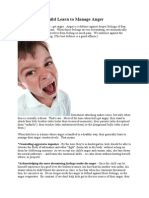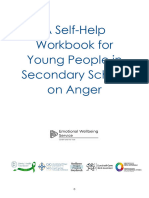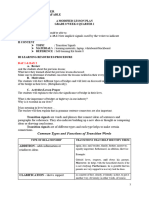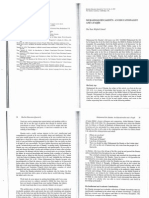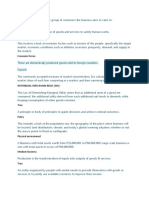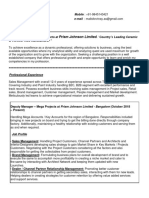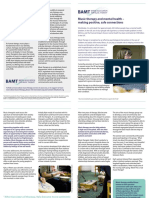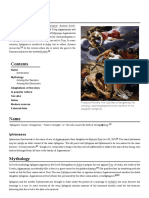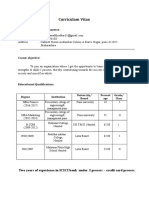0% found this document useful (0 votes)
34 views26 pagesSTEP Anger Toolkit
The Parent/Carer Anger Toolkit is designed to help parents and carers support children in understanding and managing their anger. It outlines the normalcy of anger as an emotion, the signs of anger in children, and provides strategies for parents to help their children cope with anger effectively. The toolkit includes resources for further assistance and emphasizes the importance of communication and positive reinforcement in managing anger.
Uploaded by
francesmuteCopyright
© © All Rights Reserved
We take content rights seriously. If you suspect this is your content, claim it here.
Available Formats
Download as PDF, TXT or read online on Scribd
0% found this document useful (0 votes)
34 views26 pagesSTEP Anger Toolkit
The Parent/Carer Anger Toolkit is designed to help parents and carers support children in understanding and managing their anger. It outlines the normalcy of anger as an emotion, the signs of anger in children, and provides strategies for parents to help their children cope with anger effectively. The toolkit includes resources for further assistance and emphasizes the importance of communication and positive reinforcement in managing anger.
Uploaded by
francesmuteCopyright
© © All Rights Reserved
We take content rights seriously. If you suspect this is your content, claim it here.
Available Formats
Download as PDF, TXT or read online on Scribd
/ 26












